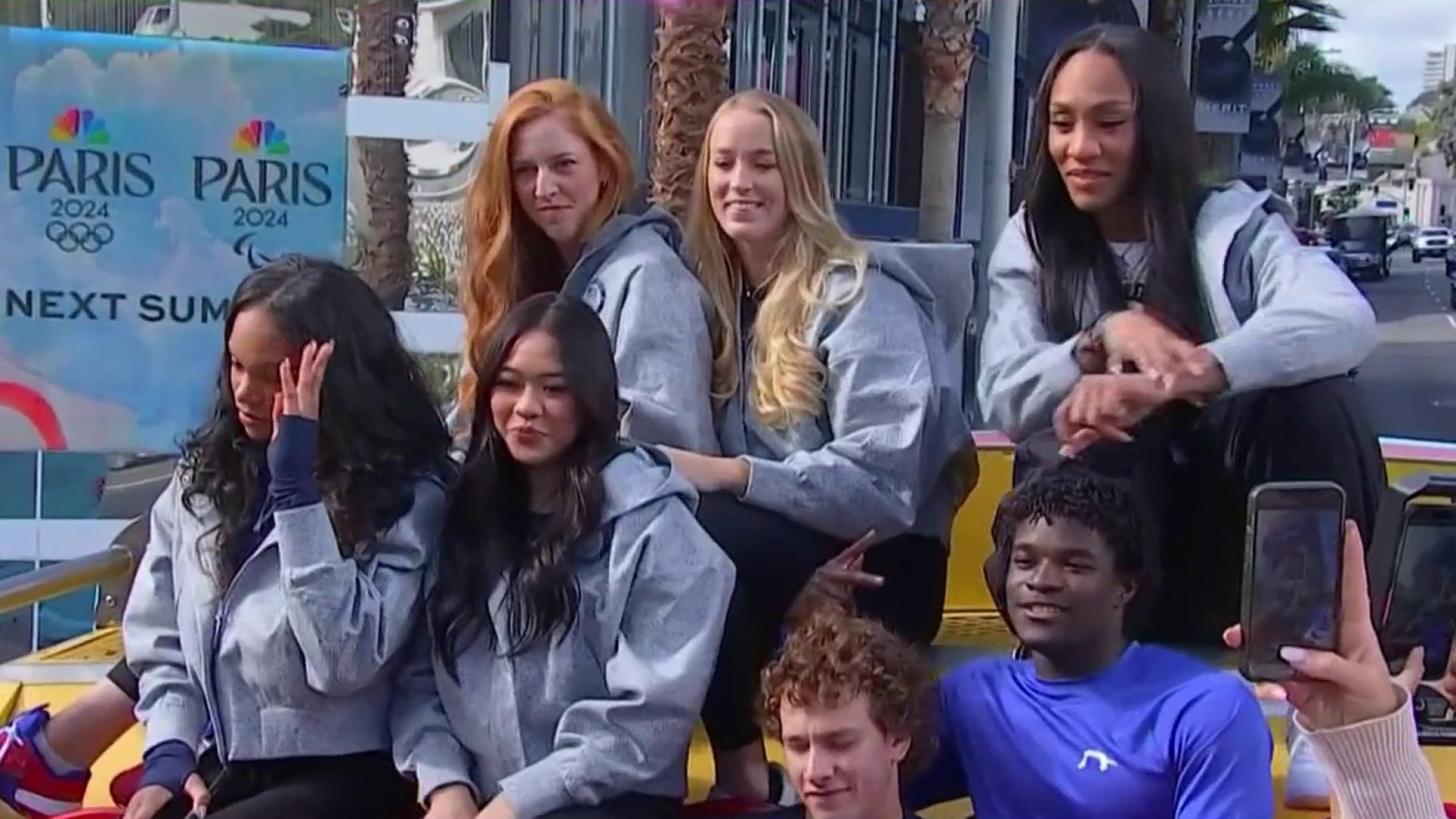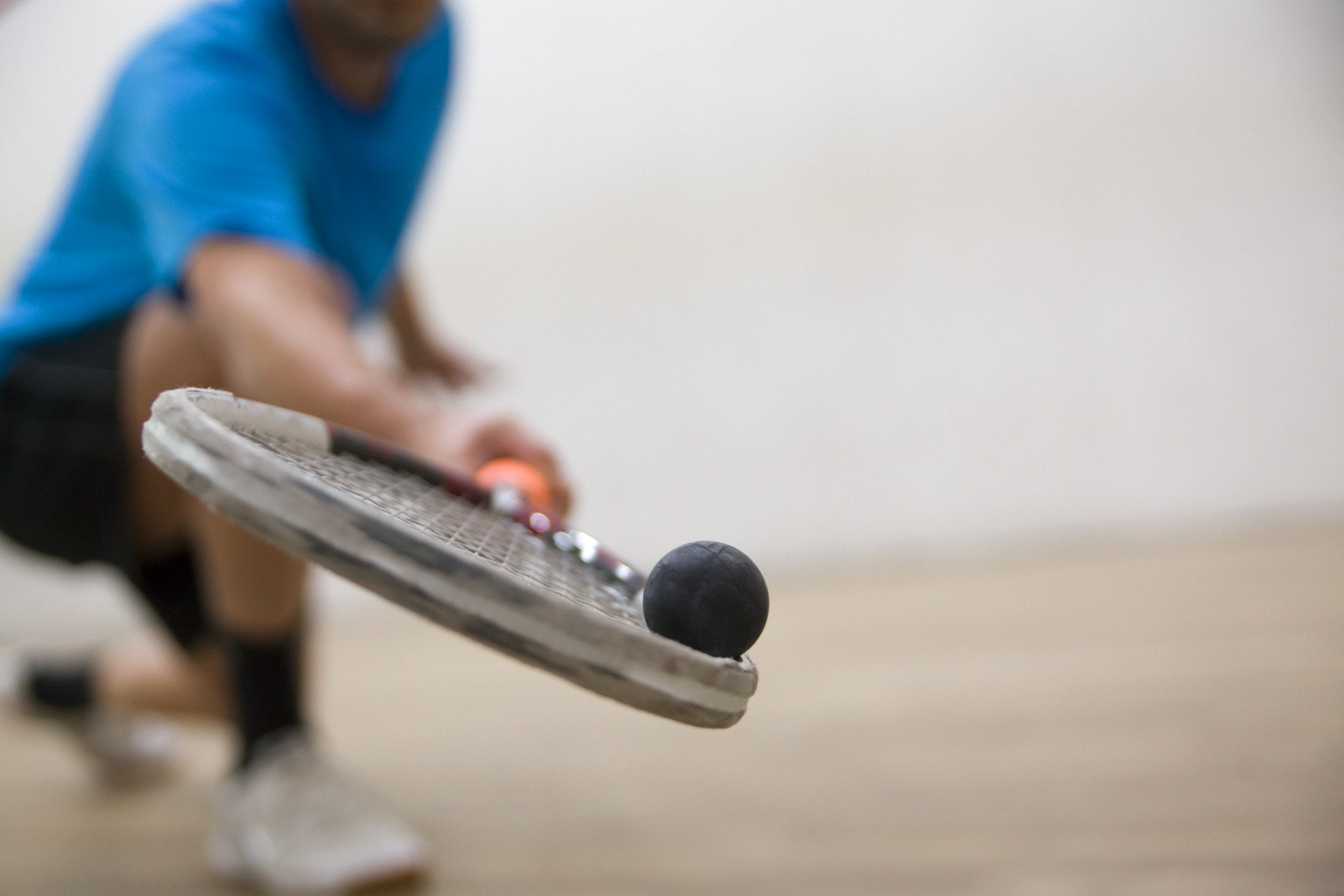
As ambassadors of the country where breakdancing originated 50 years ago, members of Team USA have something to prove — and potentially to lose — when the hip-hop dance form makes its official debut at the Paris Games in 2024.
That's because for U.S. breakers like Carmarry Hall, Victor Montalvo and Jeffrey Mike Louis, it's more than just nailing the right moves; it's about preserving breaking's soul.
“When I started breaking, it wasn’t about competition; it was about culture, it was about Black dance,” said Hall, an African American Team USA member. “The Olympic platform is not going to appreciate the understanding. It’s structured in a certain way, and in that structure, you lose a little bit of the heart.”
But it is precisely that structure that international competitors to the U.S. have zoned in on while battling for a shot at Olympic gold in head-to-head contests over the past year. And at the moment, Team USA’s squad of b-boys and b-girls, the term for male and female breakers, is trailing in rankings tabulated by the World DanceSport Federation, the International Olympic Committee-approved body that administers breaking battles.
Get top local stories in Southern California delivered to you every morning. Sign up for NBC LA's News Headlines newsletter.
As of Friday, the top three b-boys in the world are Canada’s Philip Kim, known as B-Boy Phil Wizard; Japan’s Shigeyuki Nakarai, known as B-Boy Shigekix; and France’s Danis Civil, known as B-Boy Dany. The top three b-girls in the world are Japan’s Ami Yuasa, known as B-Girl Ami; China’s Qingyi Liu, known as B-Girl 671; and Lithuania’s Dominika Banevič, known as B-Girl Nicka.
“Everybody else has surpassed the United States, so we better go out and do some workout camps,” said Chuck D of the iconic hip-hop group Public Enemy. “The United States probably ain’t going to gold, silver or bronze. ... Other places, they’ve been training for years. It’s like martial arts.”
Dancers need to win or perform well at WDSF-sanctioned events to earn the points that will eventually qualify them for the Paris Games. The next World Breaking Championship is taking place this weekend in Leuven, Belgium, just outside of Brussels.
The top b-boy and the top b-girl from the championship will automatically gain spots in the Olympics. After the Belgium event, Olympic-qualifying competitions are scheduled in China and Chile, through mid-December. Additional Olympic trials will be held in the early part of next year and run through June 2024. At the end of the process, 16 b-boys and 16 b-girls will be allowed to compete over two days at Paris' iconic Place de la Concorde.
Montalvo, a 29-year-old from Kissimmee, Florida, who also goes by B-Boy Victor, is not discouraged.
“We have a big chance, a really big chance,” he said. “We always make the podium."
Montalvo, who is ranked No. 5 in the world among competitive breakers, and nine others have already been named to Team USA, even though they haven't yet qualified for the Paris Games. Competing alongside Montalvo this weekend in Leuven will be No. 7-ranked Team USA member Sunny Choi, aka B-Girl Sunny; Team USA member and No. 40-ranked Morris Isby, aka B-Boy Morris; and Logan Edra, aka B-Girl Logistx, a native of San Diego, California, who is ranked No. 13 in the world but is not a member of Team USA.
It's widely understood in the competitive breaking community that judges favor dancers who master the foundations of breaking: “toprock” moves, footwork, “downrock” moves done closer to the floor, “power” moves showing acrobatics and strength, along with the classic “headspins,” “windmills” and “freeze” poses.
In the past, judging in hip-hop breaking competitions has always been very subjective. But that won’t be the case with the Paris Olympics, where officials will use a newly developed system to decide which b-boy or b-girl has bested their opponent in one-on-one battles.
The Trivium judging system, created for the debut of breaking at the 2018 Youth Olympic Games in Buenos Aires, is a digital scoring platform that allows judges to react in real time to breakers’ physical, artistic and interpretative qualities — their “body, mind and soul.” A panel of five judges scores each breaker on creativity, personality, technique, variety, performativity and musicality. The scores can adjust throughout the battle, based on how breakers respond to their opponents.
Scores can be lowered if a breaker “bites,” or copies, a set of moves from their opponent. Misbehavior, such as deliberate physical contact with an opponent, and other unsportsmanlike conduct can also lower a breaker’s score.
The scoring system could not have been developed without the input of the breaking community, said Alexander Diaz, a Boston-based member of Team USA.
“It’s hard to get all the dancers, all the breakers on the same page,” said Diaz, who is also known as B-Boy El Niño.
“Part of it was getting the older generation, the guys that started this in the mid- to late ’70s, and then the second generation from the early ’80s, to respect the route,” he said. “And then the new generation, they were just ready. A lot of us feel like we’re just as talented as Olympic basketball players or as gymnasts. We feel like what we do is just as hard and deserves to be on that platform.”
The International Olympic Committee's announcement three years ago that breaking would become an official Olympic sport divided the breaking community between those excited for the larger platform and those concerned about the dance form’s purity.
Hall found the changes brought by breaking's entry into the Olympics challenging to deal with.
“It wasn’t helping me to express the loudness, to be the funkiest, to embody the story,” she said.
Louis, a Houston-based dancer also known as B-Boy Jeffro, said the U.S. competitors want to be seen as innovators at the Olympics.
“I think the reason why we’re different from a lot of the countries is because we carry a lot of the essence of breaking in hip-hop, as far as being your own individual, having a lot of personal style, having flavor,” Louis told The Associated Press earlier this year.
“The goal is to have your own image,” he continued. “If you can’t see my face, and it’s just a silhouette of me, you should be able to say, ‘Hey, that’s Jeffro.’ But in a lot of places, it’s just about replicating: Learn this, learn that.”
Montalvo hopes to be able to compete with the technical expertise honed by his international competitors while also teaching them the original nature of breaking.
“I hope they see the essence, the style that I bring,” he said. “I want them to understand I learned from the roots, from the originals, and it’s important for all of us to learn from them.”



